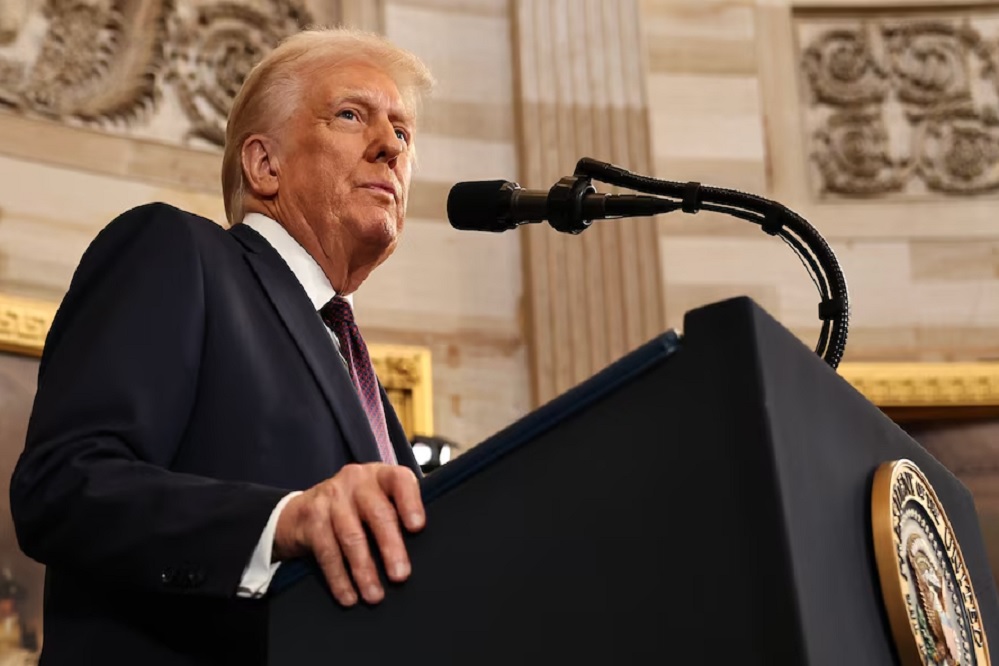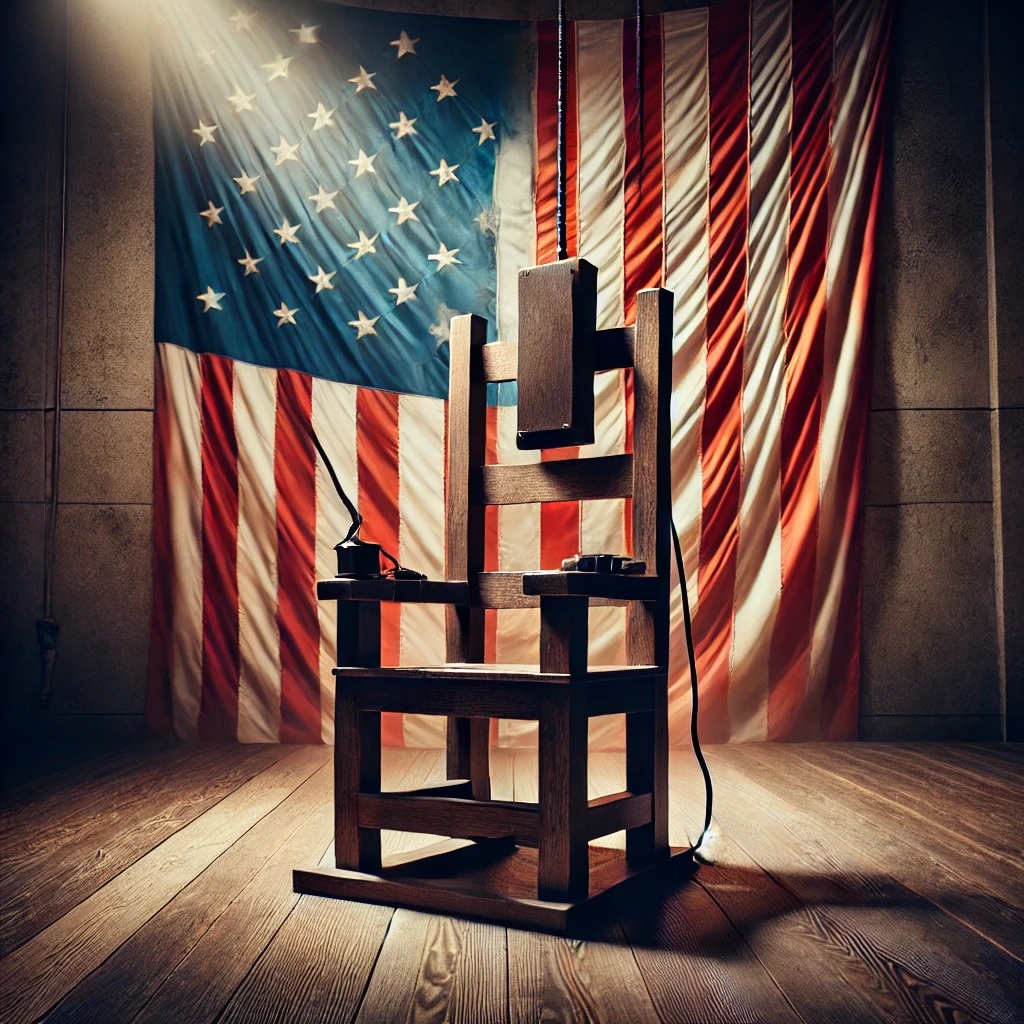There is a politically corrected narrative circulating today that portrays First Nations as the original and peaceful stewards of North America before colonialism disrupted their way of life. This narrative paints them as innocent victims of European colonization. However, historical facts reveal a much more complex and sordid story, one where the First Nations were not always peaceful, benevolent stewards but engaged in practices that included rape, torture, slaughter, warfare, enslavement, and territorial domination.
The Truth About First Nations History
The idea that the First Nations were the original inhabitants of North America is often disputed, as anthropological evidence suggests they migrated from Asia. These tribes claimed vast territories without establishing visible borders or settlements, and they often disregarded the rights of those they conquered or displaced. From the Cree warring with the Inuit to the Blackfoot trying to exterminate the Crow, tribal conflicts were widespread. The Haida Gwaii, for example, roamed the coastlines from Alaska to Mexico, raiding and enslaving others to replenish their tribes.
Colonialists arriving in North America encountered a continent already marked by bloodshed. Tribes such as the Aztecs, Iroquois, Apache, and many others waged wars, captured enemies, and engaged in practices such as torture, rape, and enslavement. These tribes lived nomadic lives, constantly on the move, and the violence they inflicted upon one another was brutal and widespread.
Hypocrisy and Mismanagement Within Modern First Nations
The portrayal of First Nations as keepers of the land is also put into question by the frequent mismanagement and corruption within modern First Nations governance. Chiefs and councils have often been found guilty of stealing money intended to improve the lives of their communities while the First Nations Reserves are filthy garbage dumps because the people are simply too lazy to clean up after themselves. For instance, in Canada, $90 million was allocated to the Attawapiskat community since 2006, yet families were still living in tents and unheated trailers in 2011. Instead of addressing these issues, much of the funding was misused, leading to repeated calls for outside intervention from organizations like the Red Cross.
Imagine if any other small town of 1,800 people had been given $90 million; would they still face such dire living conditions? The reality is that poor management and corruption by local leadership have left many communities in squalor, and the blame is often misdirected at the federal government or “colonial” interference.
Residential Schools: The Controversy and the Dilemma
The issue of residential schools is a deeply sensitive one, but it also requires an honest examination. While many schools have rightly been criticized for abuse and mistreatment, the question remains: what alternative was there at the time? The colonial governments faced a dilemma—should they leave children in nomadic camps without proper shelter, food, and education, or should they attempt to provide them with opportunities to learn and integrate into a new way of life? The residential schools were, in some sense, an attempt to educate and provide basic necessities to children who might otherwise grow up with no future prospects.
While some teachers genuinely aimed to help, others perpetuated abuses. The Catholic Church’s involvement, particularly, has drawn criticism due to its history of corruption and abuse. Yet, the First Nations chiefs and councils also bear responsibility for their communities today. If these leaders truly cared about their people, they would not exploit the funding provided for their own gain.
The Dark Side of First Nations Governance and the Disappearance of Women
The epidemic of missing and murdered Indigenous women is often blamed solely on colonialism and systemic racism. However, it’s essential to acknowledge that many of these crimes occur within First Nations communities themselves. The responsibility of protecting women and creating safe environments for families falls not only on the government but also on First Nations leadership. If chiefs and councils were more focused on creating jobs and safe communities rather than mismanaging funds, the outcomes might be different.
Colonialism and the Land: Who Really Owned It?
Colonialists were met with the challenge of dealing with nomadic tribes that claimed vast territories but had no clear borders or permanent settlements. It wasn’t a straightforward matter of stealing land; rather, it was a case of two groups—Indigenous and European—fighting over territory, much like the tribes had fought over it for centuries. The notion that colonialists were solely responsible for territorial conquest ignores the violence that existed long before their arrival.
Truth and Reconciliation: One-Sided Responsibility?
In modern discussions, the burden of guilt and shame often falls disproportionately on the descendants of colonialists. First Nations, meanwhile, are often portrayed as the victims of historical injustices without acknowledging their own past transgressions. The reality is that both sides bear responsibility for the conflicts and injustices that occurred.
First Nations chiefs today often ask for government money, but when that funding disappears into the hands of corrupt officials, they continue to blame “white people” for their struggles rather than holding their leaders accountable. The globalists and the media capitalize on this division, manipulating narratives to maintain control while real issues within First Nations communities remain unaddressed.
Conclusion: An Honest, Balanced Perspective
The history of First Nations is far from the idyllic image often presented today. It is one filled with violence, conquest, and hypocrisy—both before and after colonialism. While colonial powers bear responsibility for some of the injustices, First Nations communities must also reckon with their own history and the ongoing issues of corruption and mismanagement.
If there is to be true reconciliation, it must start with an honest acknowledgment from all sides, including First Nations themselves. Their history, like that of all people, is not without blemish, and recognizing this is essential for moving forward toward genuine understanding and improvement.




